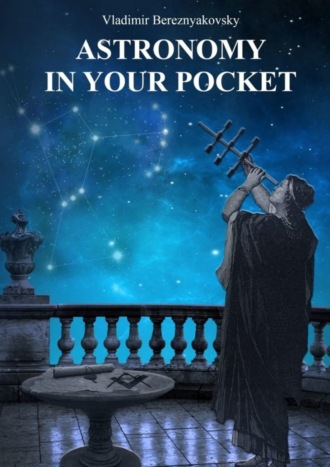Astronomy in your pocket

Полная версия
Astronomy in your pocket
Жанр: учебная и научная литератураестественные наукифизикапрочая образовательная литературакниги для детейзнания и навыки
Язык: Английский
Год издания: 2020
Добавлена:
Настройки чтения
Размер шрифта
Высота строк
Поля
Конец ознакомительного фрагмента
Купить и скачать всю книгу
